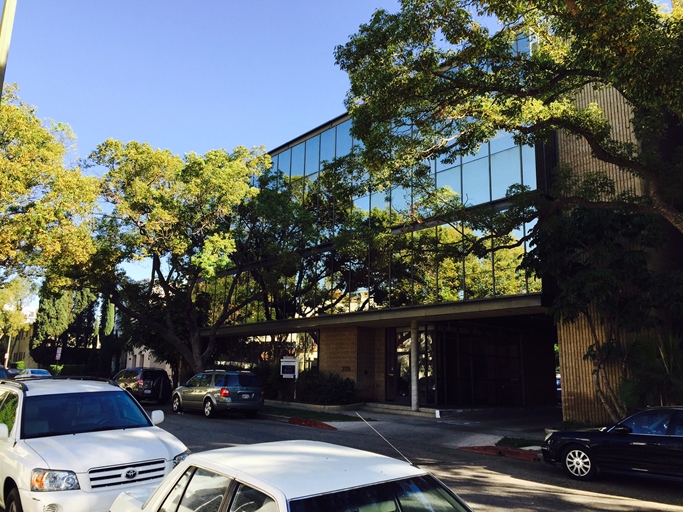Differences between Chapter 7 and Chapter 13 Bankruptcy can provide a debtor with alternatives to best protect their property and eliminate debt.
Chapter 7 (Straight Bankruptcy)
In a bankruptcy case under chapter 7, you file a petition asking the court to discharge your debts. The basic idea in a chapter 7 bankruptcy is to wipe out (discharge) your debts in exchange for your giving up property, except for “exempt” property which the law allows you to keep. In most cases, all of your property will be exempt. But property which is not exempt is sold, with the money distributed to creditors.
If you want to keep property like a home or a car and are behind on the payments on a mortgage or car loan, a chapter 7 case probably will not be the right choice for you. That is because chapter 7 bankruptcy does not eliminate the right of mortgage holders or car loan creditors to take your property to cover your debt.
Chapter 13 (Reorganization)
In a chapter 13 case you file a “plan” showing how you will pay off some of your past due and current debts over three to five years. The most important thing about a chapter 13 case is that it will allow you to keep valuable property specially your home and car which might otherwise be lost, if you can make the payments which the bankruptcy law requires to be made to your creditors. In most cases, these payments will be at least as much as your regular monthly payments on your mortgage or car loan, with some extra payment to get caught up on the amount you have fallen behind.
You should consider filing a chapter 13 plan if you
(1) own your home and are in danger of losing it because of money problems;
(2) are behind on debt payments, but can catch up if given some time;
(3) have valuable property which is not exempt, but you can afford to pay creditors from your income over time.
You will need to have enough income in chapter 13 to pay for your necessities and to keep up with the required payments as they come due.




